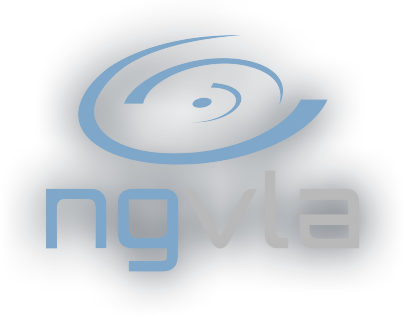About the Next-Generation Very Large Array
The Next-Generation Very Large Array (ngVLA) includes:
-
10x the sensitivity of the Jansky VLA & ALMA
-
science operations from 1.2 - 116 GHz
-
30x longer baselines (1000 km) that yield mas-resolution, with extended baselines to continental scales (8860km)
-
a dense antenna core on km-scales for low surface brightness imaging
A comparison of sensitivity for a number of radio, mm, and sub-mm dish arrays expected to be operational in the 2030s. The y-axis shows the ratio of effective collecting area to system temperature, a figure of merit that accounts for the efficiency of the antennas as a function of frequency as well as the performance of the receivers and the atmospheric transparency. It is related to the square root of the exposure time that it will take to attain a given sensitivity: for example, a ratio of Ae/Tsys between the ngVLA and the VLA of 10 implies that an observation with the ngVLA could be 100 times faster. The ngVLA will be optimized for observations at wavelengths between the exquisite performance of ALMA at submillimeter wavelengths and the future SKA1 at decimeter to meter wavelengths, and will be highly complementary to these facilities.
A comparison of achievable angular resolutions for a number of existing and planned facilities that are expected in the 2030s at radio to optical wavelengths. The maximum baselines of the ngVLA support a resolution of better than 0.5 mas at 1 cm. Coupled with the high sensitivity of the array, the ngVLA will open a new window on the Universe through ultra-sensitive imaging of thermal line and continuum emission down to milliarcsecond resolution. For astrometric measurements, where the position of a source can be determined with an accuracy that is a function of resolution, signal-to-noise, and distance to the nearest calibrators, the ngVLA can attain position determinations with accuracies of microarcseconds (Reid et al. 2018).
A complete summary of the ngVLA project as of January 1, 2019. This project summary is comprised of the first 3 chapters in the ngVLA Science Book.
We invite the entire astronomical community to become involved by signing up for the ngVLA mailing list and participate in upcoming conferences and workshops as a member of the Science and/or Technical Advisory Council, as well as through our community-driven design studies program.




